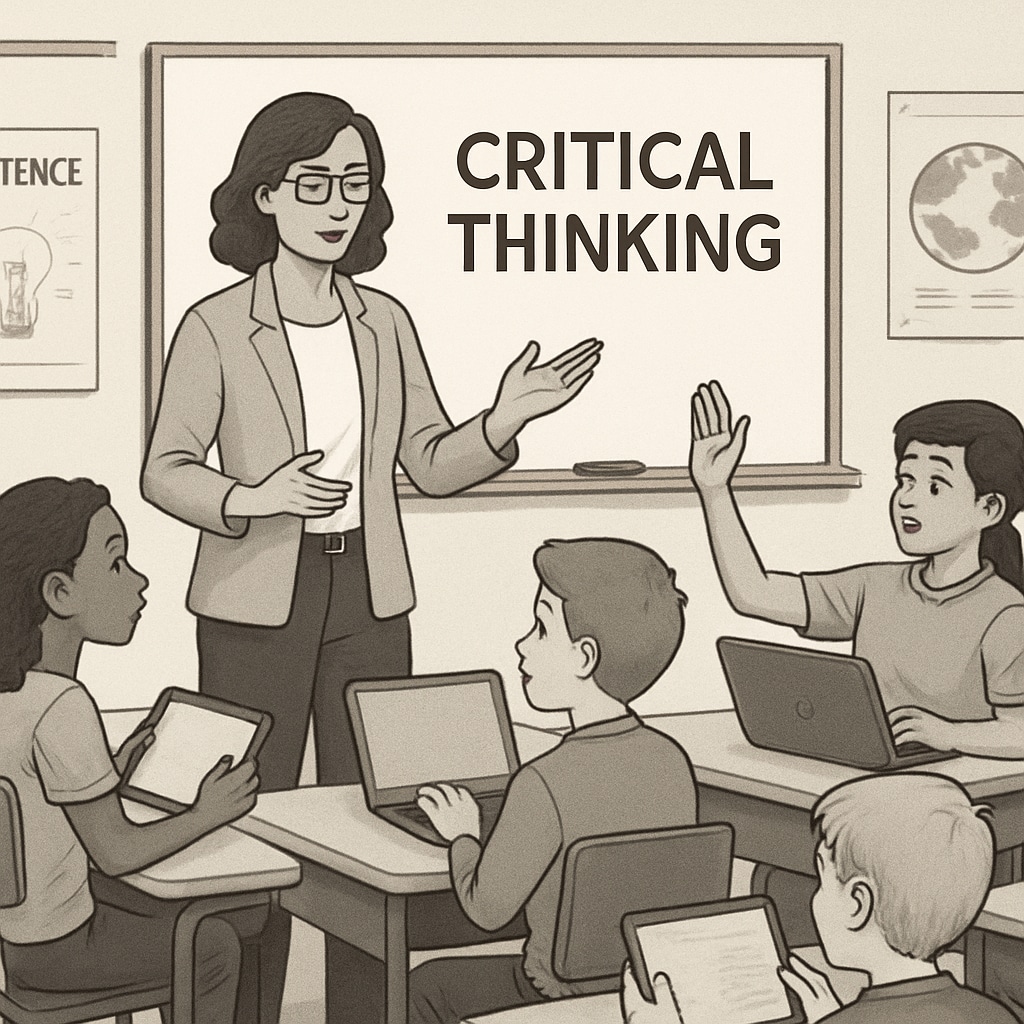The adoption of education technology, such as Chromebooks, has revolutionized K12 classrooms, improving teaching efficiency and broadening access to learning resources. However, as schools increasingly embrace digital tools, concerns arise about their impact on critical thinking development. While technology facilitates faster information retrieval and streamlined instruction, it may unintentionally deprive students of opportunities to engage in deep, reflective, and analytical thinking. This article delves into the delicate balance between leveraging EdTech and nurturing critical cognitive skills in students.
The Efficiency of Education Technology: A Double-Edged Sword
Education technology (EdTech) tools like Chromebooks have become ubiquitous in classrooms worldwide. These devices enable educators to deliver lessons more efficiently, provide instant feedback, and personalize learning experiences. For example, platforms like Google Classroom allow teachers to assign and grade work in real-time, while students can access a wealth of online resources to supplement their studies.
However, the very efficiency offered by EdTech can lead to unintended consequences. When students rely heavily on pre-packaged solutions or multiple-choice quizzes, they may miss out on activities that require critical thinking, such as debating, problem-solving, or analyzing complex texts. Over time, this dependency on technology may limit their ability to think independently and question information critically.

Critical Thinking: Why It Still Matters in the Digital Age
Critical thinking—the ability to analyze, evaluate, and synthesize information—is an essential skill for navigating the complexities of the modern world. It enables students to question assumptions, make informed decisions, and solve problems creatively. However, as digital tools simplify many aspects of learning, there is a risk that students may become passive consumers of information rather than active participants in the learning process.
For instance, search engines provide instant answers to most questions, reducing the need for students to conduct thorough research or evaluate multiple perspectives. Similarly, the reliance on automated feedback systems may discourage students from engaging in self-reflection or seeking peer input. As a result, the development of critical thinking skills requires intentional effort from educators to create opportunities for deep learning beyond what technology alone can offer.
Strategies for Balancing Technology and Critical Thinking
To foster a productive balance between technology use and critical thinking development, educators can adopt the following strategies:
- Integrate Open-Ended Questions: Encourage students to explore complex problems that do not have a single correct answer, promoting deeper analysis and discussion.
- Blend Digital and Traditional Learning: Combine the use of EdTech tools with hands-on activities, group discussions, and critical writing exercises.
- Teach Digital Literacy: Equip students with the skills to evaluate online information critically, including recognizing bias and verifying sources.
- Encourage Reflection: Incorporate reflective practices, such as journaling or peer reviews, to help students internalize their learning experiences.

Looking Ahead: Rethinking the Role of EdTech
The future of education lies in finding a middle ground where technology enhances learning without overshadowing the importance of critical thinking. Schools must adopt a holistic approach to teaching, one that integrates technology as a tool rather than a replacement for cognitive skill-building activities.
Policymakers and educators have a shared responsibility to ensure that EdTech implementation aligns with broader educational goals. By prioritizing critical thinking alongside technological proficiency, we can prepare students to thrive in an increasingly digital world while maintaining their ability to think independently and critically.
As we continue to innovate in education, it is vital to remember that technology is a means to an end—not an end in itself. The true measure of a successful education system is its ability to cultivate well-rounded individuals who can adapt, analyze, and contribute meaningfully to society.
Readability guidance: This article uses concise paragraphs, clear subheadings, and lists to improve readability. Transition words such as “however,” “as a result,” and “for example” are incorporated to maintain flow and coherence.


